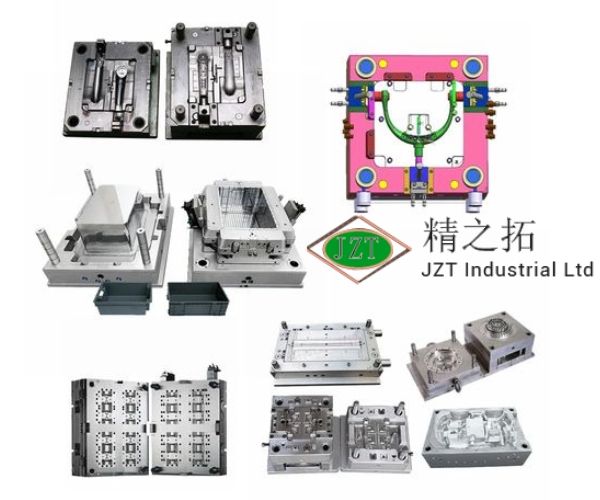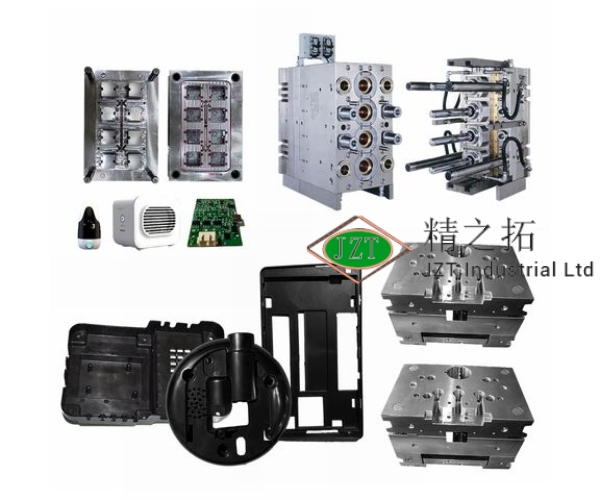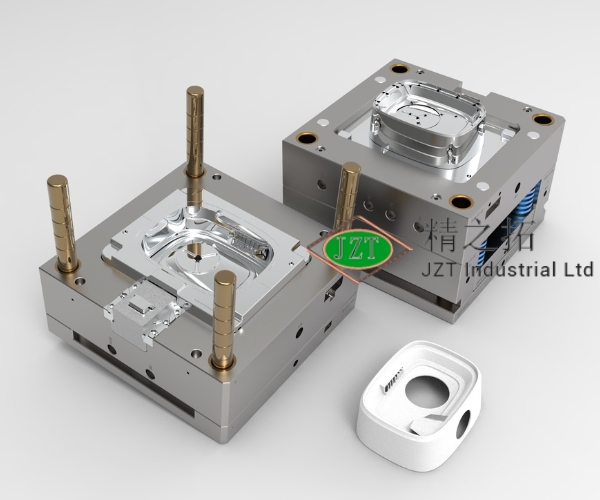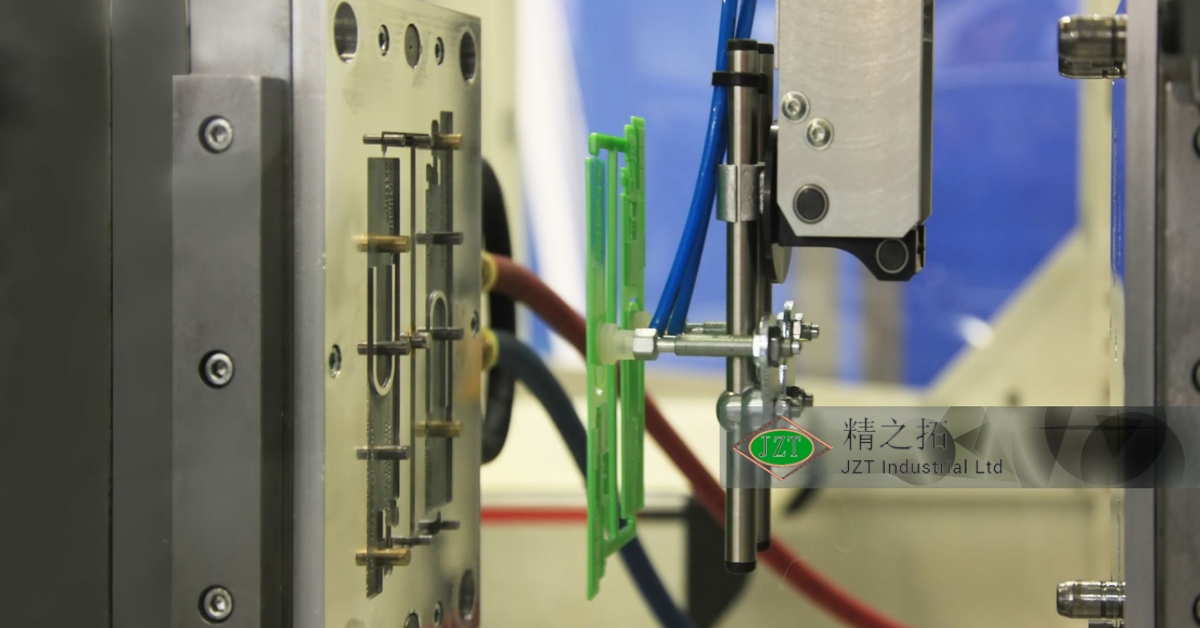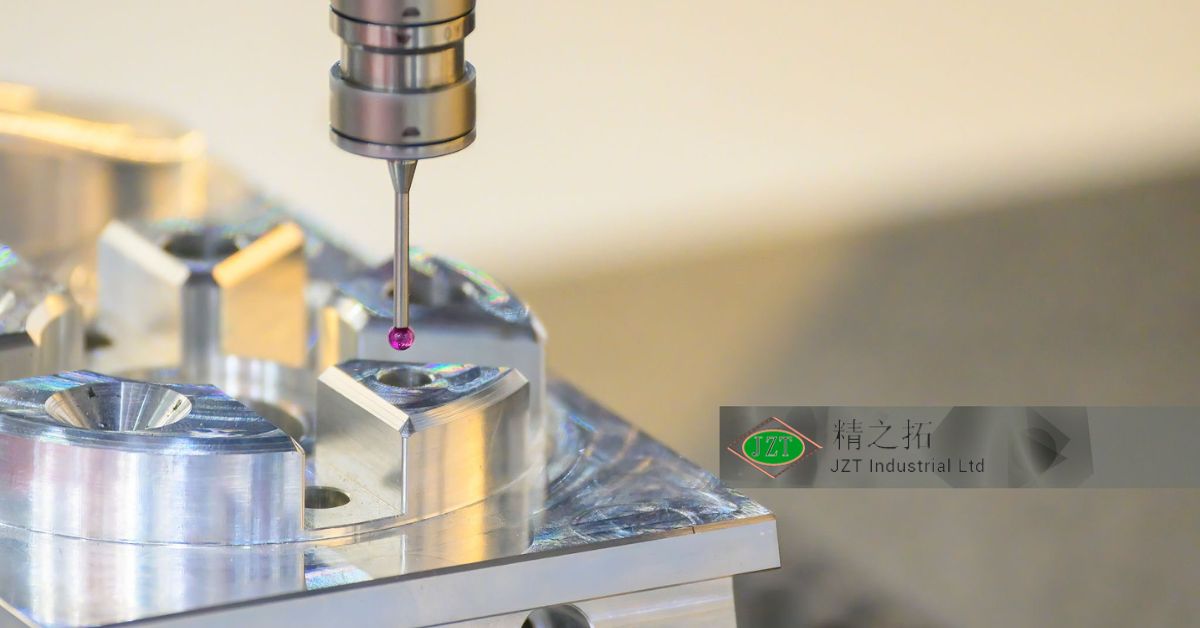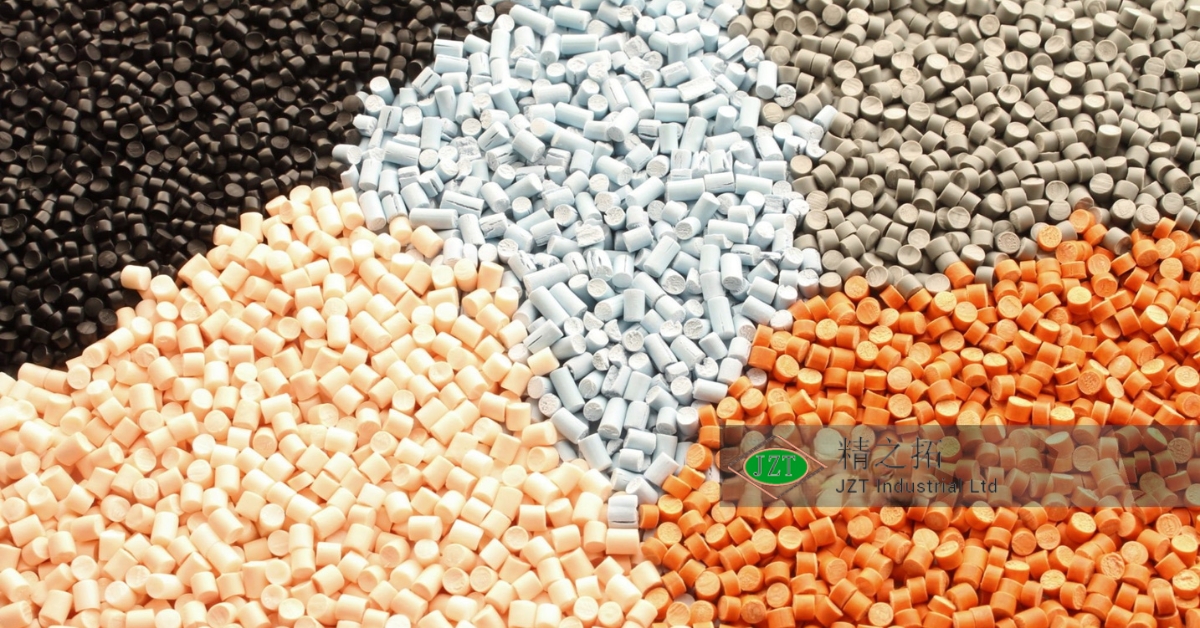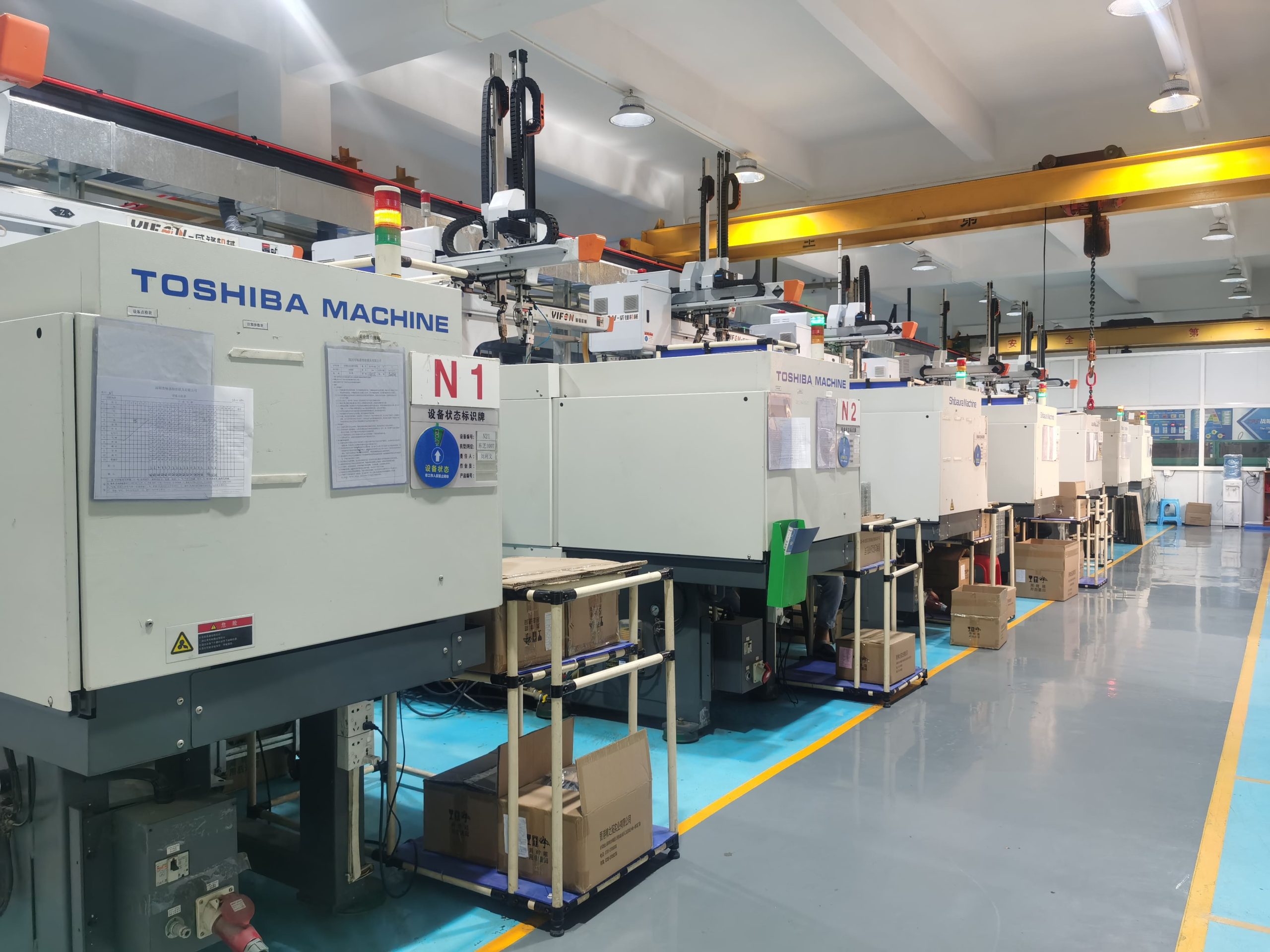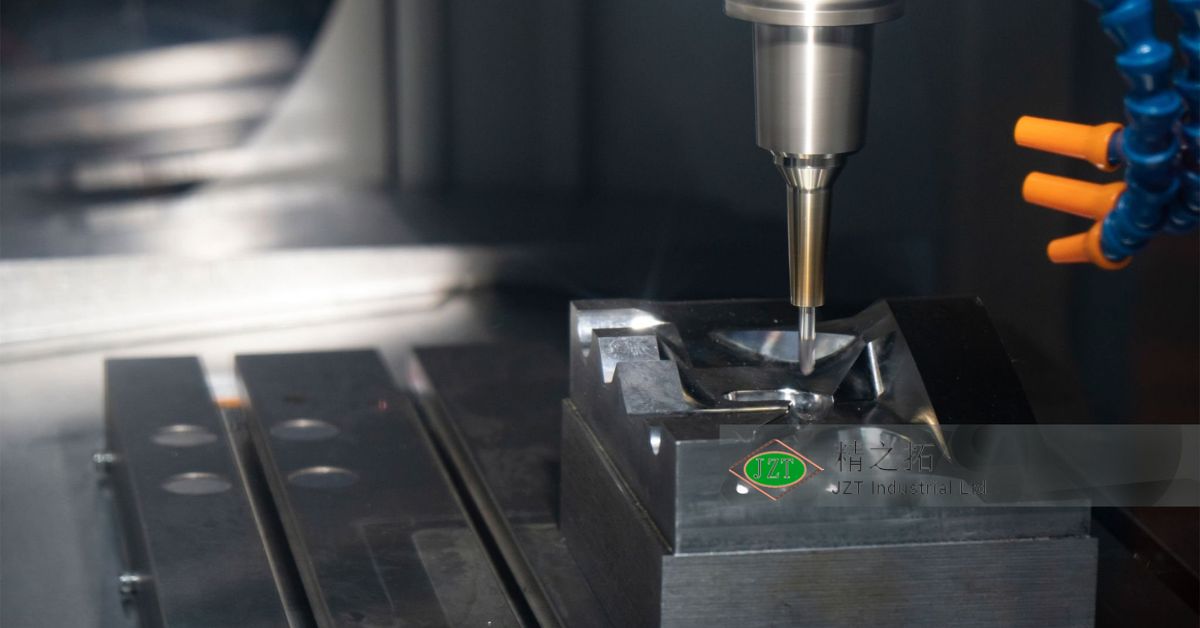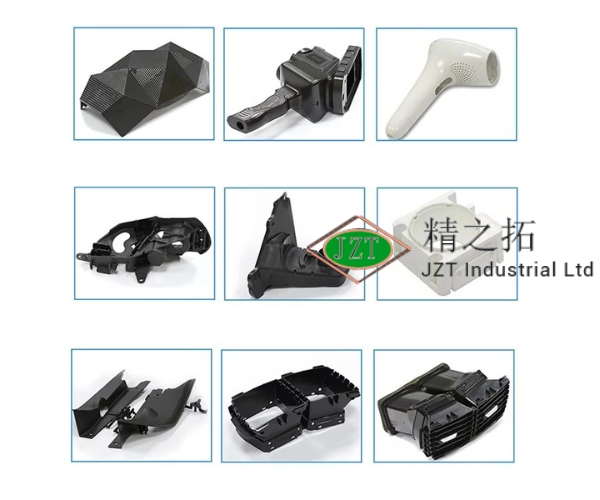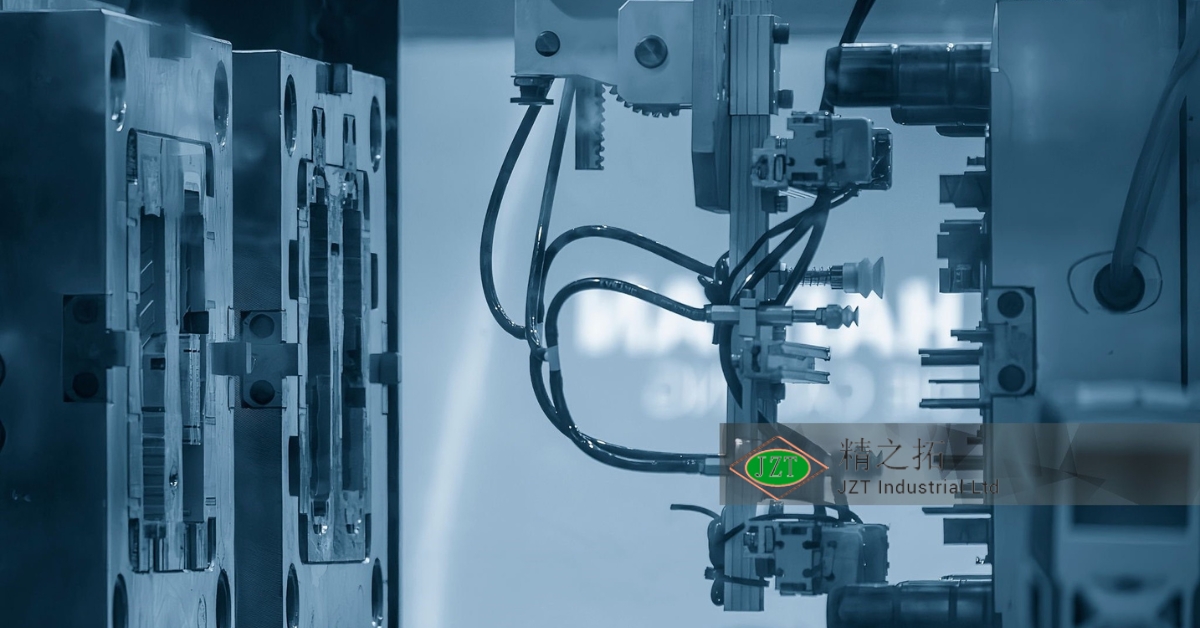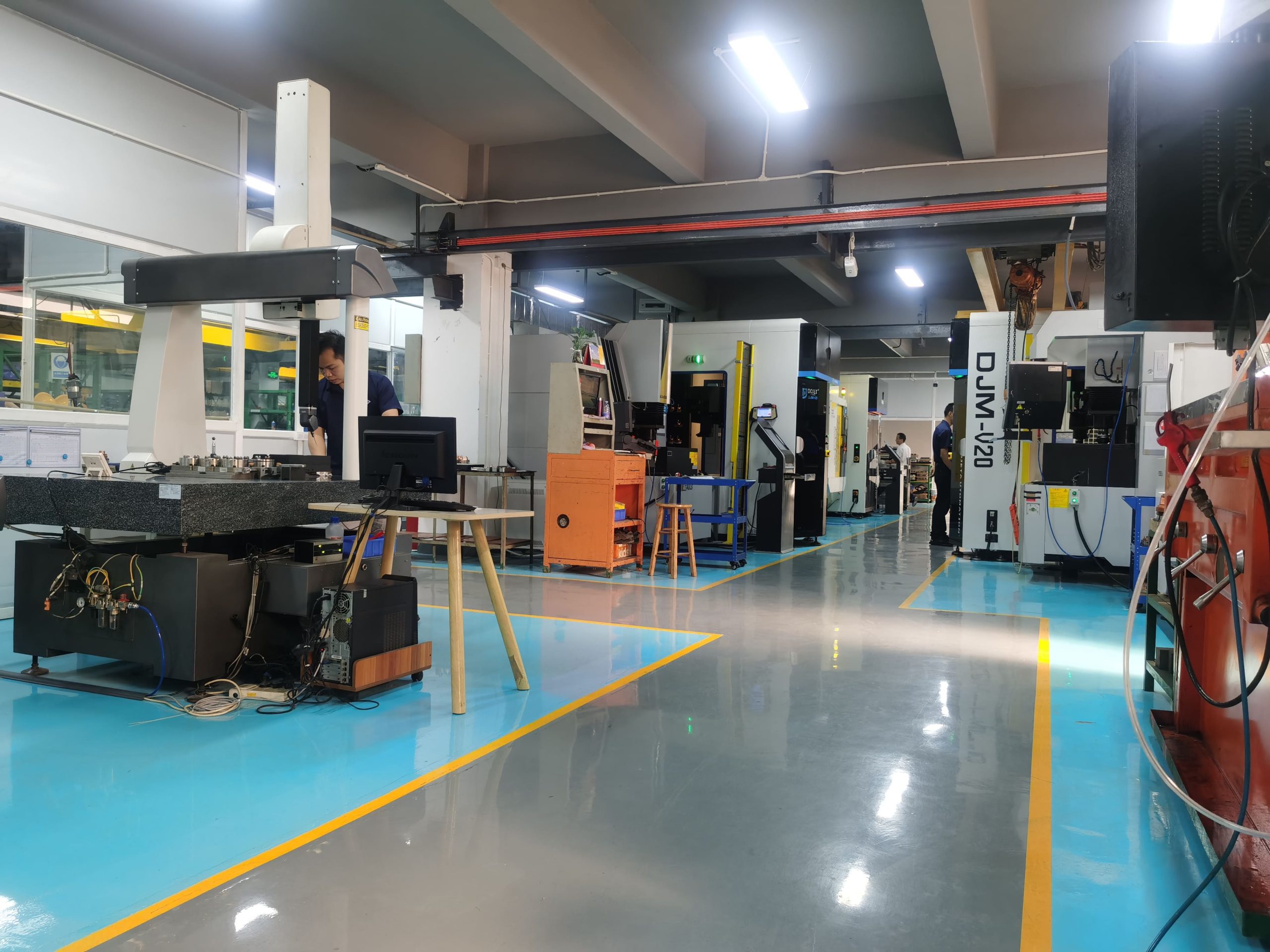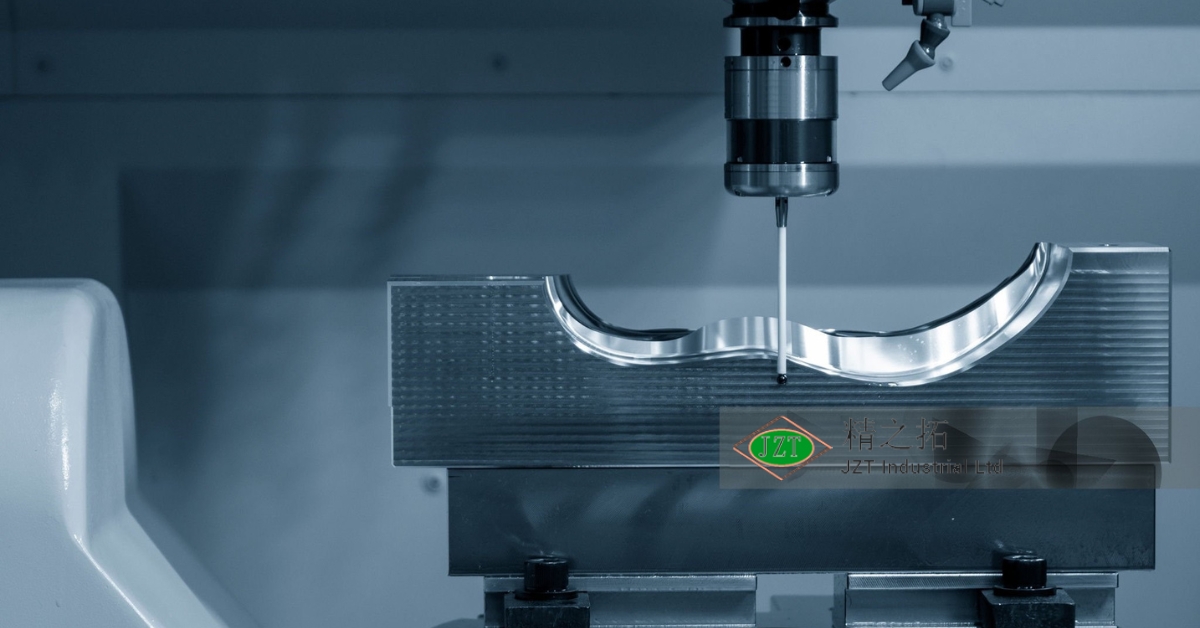導入
The Growing Demand for Plastic Injection Molding in Pet Products
With the pet industry experiencing significant growth, there is an ever-increasing demand for high-quality, durable pet products. Plastic injection molding has emerged as a preferred manufacturing method for creating pet products, including chew toys, feeding bowls, and various accessories. Known for its efficiency and versatility, this manufacturing process allows companies to produce custom plastic parts that are both affordable and durable, meeting the specific needs of the pet industry.
Pet products require stringent safety standards and robust design, ensuring that the items are safe and long-lasting for various animals. The process of plastic injection molding offers manufacturers the flexibility to use a variety of materials tailored to meet safety standards while enabling the mass production of complex shapes and designs. Additionally, with an increased focus on sustainability, plastic parts manufacturers are implementing eco-friendly practices, making plastic injection molding for pet products an ideal choice for those seeking to balance quality, safety, and environmental responsibility.
In this comprehensive guide, we’ll explore the key considerations for manufacturers involved in the production of plastic pet products using injection molding. From material safety to product design, and cost-effective production methods, this article will serve as a thorough resource for those looking to enter or optimize their processes within this thriving market.
Understanding the Plastic Injection Molding Process
Plastic injection molding is an efficient, highly customizable manufacturing process ideal for producing pet products in bulk. The process involves injecting molten plastic into a mold cavity under high pressure, where it cools and solidifies to form the desired part. The procedure offers unparalleled precision, making it suitable for intricate designs essential in pet products such as toys, feeders, and grooming accessories.
The Steps of Plastic Injection Molding
- クランプ: The process starts by securely clamping the mold to withstand the high pressure of injected plastic. The mold halves close, ensuring the material fills the cavity without leakage.
- 注射: The plastic pellets are heated until they melt, and this molten plastic is injected into the mold at high pressure, filling every part of the cavity and capturing fine details of the design.
- 冷却: Once the mold cavity is filled, the cooling process begins. As the plastic cools, it solidifies, forming the final shape. The cooling rate depends on the thickness of the plastic part and the material used, impacting the final quality.
- 排出: After cooling, the mold opens, and the finished product is ejected. Automated ejector pins often facilitate this step, ensuring a quick cycle for high production efficiency.
- Finishing: Some parts may require trimming or additional processing to remove excess material known as flash, a minor trimming step that ensures clean edges.
The plastic injection molding process enables manufacturers to produce high volumes of consistent, durable parts at a low cost per unit. It is particularly well-suited for pet products that demand strong, resilient materials capable of withstanding wear and tear. Whether it’s chew toys that can endure hours of play or food bowls that must be safe for daily use, plastic injection molding provides the precision and durability needed in pet products.
Materials Commonly Used in Pet Products
Selecting the appropriate plastic material is crucial, as pet products must be non-toxic, durable, and sometimes biodegradable. The following materials are commonly used in pet product manufacturing:
- ポリプロピレン(PP): A durable, flexible material that is resistant to cracking and ideal for products like food bowls and toys. It is often used for its non-toxic properties, making it safe for animals.
- ポリエチレン(PE): Known for its impact resistance and flexibility, PE is used in softer toys or items requiring some flexibility, such as chew-resistant products.
- ABS(アクリロニトリルブタジエンスチレン): A tough and rigid material, ABS is used in products requiring durability and rigidity, like sturdy pet crates and carrier handles.
- Thermoplastic Elastomers (TPE): TPE is used for soft, flexible parts, making it ideal for products that need to be chew-resistant while providing a softer texture.
Each material offers specific properties that manufacturers can tailor to match the functionality and safety standards required for various pet products. Safety, durability, and cost-efficiency are key factors guiding the choice of material for pet products made through plastic injection molding.
Why Plastic Injection Molding is Preferred for Pet Products
Plastic injection molding stands out as the preferred choice for pet product manufacturing due to its unique benefits:
- Consistency: Injection molding ensures that every unit produced is identical, essential for safety and quality in pet products.
- コスト効率: The initial setup may be costly, but large production volumes significantly reduce the per-unit cost, which is beneficial for products like pet toys and accessories with high market demand.
- 素材の多様性: Injection molding allows the use of various plastics suited to specific product needs, from chew-resistant toys to safe food bowls.
- カスタマイズ: Molds can be designed for complex shapes and details, making it ideal for creative and ergonomically designed pet products.
With its capacity to meet the demands of large-scale production while offering durability and design versatility, plastic injection molding has become a core process for pet product manufacturers.
Key Considerations for Safe Pet Product Manufacturing
Manufacturers in the pet product industry must prioritize safety, as animals are naturally curious and may chew, lick, or bite products. This section highlights the essential safety considerations in plastic injection molding for pet products.
Material Safety and Compliance
Safety is paramount in pet products, especially in items like chew toys and feeding accessories that come into direct contact with animals. Manufacturers must select materials that are non-toxic, BPA-free, and compliant with industry safety standards:
- Non-Toxic and BPA-Free Requirements: BPA (Bisphenol A) is a chemical that can leach into products, posing potential health risks. Choosing BPA-free materials ensures that pet products are safe for consumption. This is critical for items like food bowls, chew toys, and feeders.
- Regulatory Standards: Manufacturers should adhere to safety standards set by regulatory bodies such as the Food and Drug Administration (FDA) in the United States, which regulates materials used in food-related pet products. The American Society for Testing and Materials (ASTM) also provides standards for various pet items, ensuring quality and safety.
Durability and Pet-Specific Requirements
Durability is essential for pet products, as animals frequently chew and interact with their accessories. Factors like chew resistance and UV stability are essential to maintain product integrity over time:
- Chew Resistance and Sturdiness: Selecting materials with high tensile strength and toughness prevents products from breaking under chewing pressure, reducing the risk of ingestible pieces. For instance, using ABS or TPE can increase chew resistance, ensuring toys last longer and provide a safe playtime experience.
- UV Resistance and Weather Durability: Many pet products, such as outdoor shelters or bowls, are exposed to sunlight and weather conditions. UV-resistant materials ensure that products do not degrade quickly when used outdoors, maintaining their durability and safety.
Environmental Impact and Sustainability
In recent years, there has been a growing demand for environmentally sustainable pet products. Manufacturers can meet this demand by opting for recyclable, biodegradable, and eco-friendly materials:
- Recyclable and Biodegradable Options: By using recyclable plastics, such as certain grades of polypropylene or thermoplastics, manufacturers can create products that contribute less to environmental waste. Some companies are also exploring biodegradable plastics, especially for disposable items like waste bags.
- Manufacturing Practices: Sustainable manufacturing practices, such as minimizing energy usage, reducing waste, and recycling excess materials, are increasingly important. Incorporating eco-friendly practices can enhance brand reputation and meet the expectations of environmentally-conscious consumers.
With the right approach to material safety, durability, and environmental impact, manufacturers can produce pet products that meet safety standards while aligning with sustainability goals.
Product Design Considerations for Injection Molding
Design is a critical aspect of pet product manufacturing, especially in terms of functionality, safety, and aesthetic appeal. The following considerations are key for manufacturers looking to create innovative and ergonomic pet products.
Functional and Ergonomic Design
When designing pet products, the goal is to create items that are safe and comfortable for pets, as well as convenient for pet owners:
- Pet-Friendly Shapes and Sizes: Different pet products require specific shapes and sizes to accommodate various pet breeds and species. For example, feeding bowls need to be shallow for cats but deeper for larger dogs. Ergonomic design considerations include understanding the anatomy and behaviors of pets.
- Ease of Cleaning and Maintenance: Products that come into contact with food or water, like bowls and feeders, should be designed with easy-to-clean features to prevent bacterial buildup. Smooth surfaces without crevices make cleaning easier and ensure hygiene for pets.
Color and Texture Customization
Customizing colors and textures can enhance the appeal of pet products, making them attractive to both pets and their owners:
- Aesthetic Choices for Pets and Owners: Bright colors and playful textures can attract pets and their owners. For example, bright hues may stimulate a pet’s interest, while colors matching a home’s decor appeal to the owner. Using multiple colors in injection-molded products can create a more engaging product line.
- Surface Texture to Prevent Slipping: For products like feeding mats and chew toys, surface texture matters. Textures can prevent slipping, ensuring pets can use these items comfortably without them sliding around, which can be particularly useful for energetic or curious animals.
Prototyping and Testing
Before mass production, it’s essential to prototype and test designs to ensure their effectiveness and safety. Rapid prototyping helps identify potential issues early in the development phase:
- Iterative Prototyping in Design Process: Injection molding allows for prototyping that refines the design based on feedback and testing. This approach is particularly useful when developing products that must be highly durable and safe for pets.
- Testing Durability and Safety in Use: Real-world testing simulates typical use conditions, assessing the durability of pet products. Testing chew toys for bite resistance or testing food bowls for stability provides valuable insights, ensuring the final products are reliable and safe.
With thoughtful design and thorough testing, pet product manufacturers can create appealing, functional, and safe products that meet the demands of pet owners and their pets.
Manufacturing Challenges in Injection Molding for Pet Products
While plastic injection molding is a versatile manufacturing method, it does present certain challenges that manufacturers must address to ensure high-quality output. Understanding and overcoming these challenges is key to successful production.
Addressing Thin Wall Sections and Complex Geometries
Some pet products, like toys or feeders, may require thin-walled designs or complex shapes. These design elements can lead to production challenges:
- Reducing Warpage and Deformation: Thin walls can warp during cooling due to uneven shrinkage. Manufacturers often use reinforced designs and uniform wall thicknesses to minimize warpage, preserving the product’s shape and functionality.
- Supporting Structural Integrity: For thin-walled designs, selecting materials with high structural integrity, like ABS or reinforced polypropylene, can prevent cracking and breakage, ensuring products meet durability requirements.
Ensuring Quality Control
Quality control is essential in plastic injection molding to prevent defects that can compromise product performance and safety:
- Precision Tolerance Standards: Maintaining tight tolerances is critical in pet product manufacturing, especially for components that must fit together precisely or products with specific safety requirements. Consistent tolerance standards help ensure every product meets quality expectations.
- Regular Mold Maintenance and Inspections: Proper maintenance of molds is crucial to prevent defects, such as flash or incomplete fills. Inspections and upkeep help prolong mold life, ensuring that each production run maintains the same quality level without significant defects.
FAQ Section: Common Questions in Pet Product Injection Molding
- What materials are safe for plastic pet products? The safest materials for plastic pet products are typically non-toxic and BPA-free options, including polypropylene (PP), polyethylene (PE), and acrylonitrile butadiene styrene (ABS). These materials are durable and can withstand the wear and tear of daily use, especially in pet toys and food bowls.
- How do manufacturers ensure the durability of plastic pet products? Manufacturers use durable materials like ABS and TPE to ensure chew resistance and strength. They also conduct real-world testing to simulate wear and tear and employ reinforcement techniques in mold designs to increase structural integrity.
- What are some environmental considerations in plastic pet product manufacturing? Many manufacturers focus on sustainability by using recyclable materials and reducing waste in production. Some companies also choose biodegradable plastics for disposable items and adopt eco-friendly practices to meet consumer demand for sustainable pet products.
- How can injection molding manufacturers reduce production costs? Manufacturers often utilize multi-cavity molds and optimize cycle times to reduce production costs. Automation and energy-efficient practices also help minimize expenses, making it possible to produce high-quality pet products at lower costs.
- Are there specific certifications for safe pet products? Yes, certain certifications, such as FDA approval for food-safe plastics or ASTM compliance for durability standards, are common for pet products. These certifications help manufacturers meet industry safety standards, ensuring their products are safe for animal use.
Conclusion and Call-to-Action
Plastic injection molding offers pet product manufacturers an efficient, customizable, and cost-effective way to produce safe and durable products. By selecting the right materials, adhering to safety standards, and prioritizing design features that appeal to both pets and owners, manufacturers can create products that stand out in a competitive market. Sustainable practices, material safety, and meticulous quality control further enhance the appeal of injection-molded pet products.
If you’re considering manufacturing pet products or optimizing your current injection molding processes, reach out to our team. With expertise in plastic parts manufacturing and custom plastic molds, we’re here to help you create high-quality pet products that meet the highest safety and design standards.

